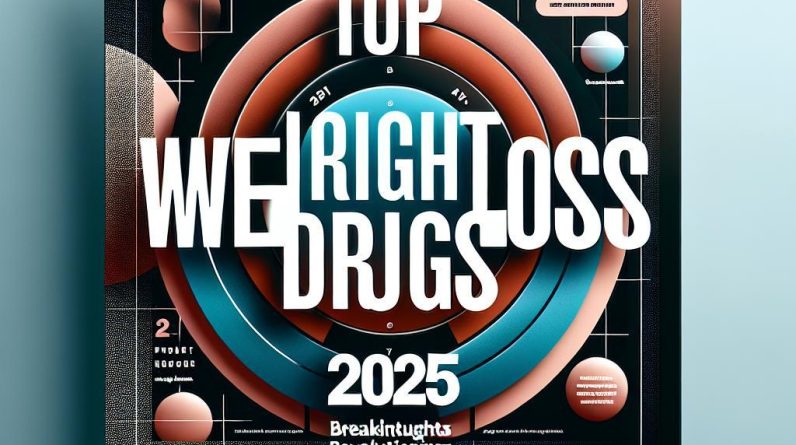
Glucagon-like peptide-1 (GLP-1) receptor agonists have revolutionized the management of type 2 diabetes and obesity over the past decade. As we approach 2025, ongoing research and clinical innovations continue to shape their evolving role, especially focusing on prominent agents like Ozempic (semaglutide) and novel formulations. This article explores the latest insights and future directions of these therapies.
Current Landscape of GLP-1 Receptor Agonists
GLP-1 receptor agonists are injectable or oral medications that mimic the incretin hormone GLP-1, stimulating insulin release, suppressing glucagon secretion, and promoting satiety. Ozempic and semaglutide have enjoyed widespread use for their efficacy in glycemic control and weight reduction.
Emerging Insights in 2025
-
Enhanced Efficacy and Safety Profiles
Recent trials reveal newer formulations of semaglutide with improved bioavailability and longer half-lives, leading to sustained benefits and minimized side effects, encouraging broader adoption.
-
Expanded Indications
Beyond diabetes and weight management, GLP-1 receptor agonists are being investigated for cardiovascular diseases, neurodegenerative conditions, and non-alcoholic fatty liver disease (NAFLD), opening new therapeutic avenues.
-
Personalized Medicine Approaches
Genetic and biomarker research is enabling tailored treatment plans, optimizing efficacy, and reducing adverse events for individual patients.
-
Integration with Digital Health Technologies
The combination of GLP-1 therapies with mobile health apps and continuous glucose monitoring systems enhances patient engagement and adherence.
-
Emergence of Oral Semaglutide and Next-Gen Formulations
Oral semaglutide has gained prominence, providing a more convenient alternative to injections. Future developments aim to improve absorption and minimize gastrointestinal side effects.
-
Addressing Cost and accessibility
strategies to reduce manufacturing costs and support insurance coverage are vital to ensure equitable access to these therapies worldwide.
the Future Role of Ozempic and Semaglutide
As of 2025, Ozempic and semaglutide are expected to maintain their pivotal positions in endocrinology. The focus is shifting towards combination therapies, longer-lasting formulations, and expanding indications. The goal remains to optimize patient outcomes while ensuring safety and affordability.
Conclusion
The landscape of GLP-1 receptor agonists is dynamic, marked by technological innovations and expanded therapeutic horizons. By 2025, these agents will likely play an even more integral role in managing metabolic and related diseases, driven by scientific insights and personalized care strategies.



